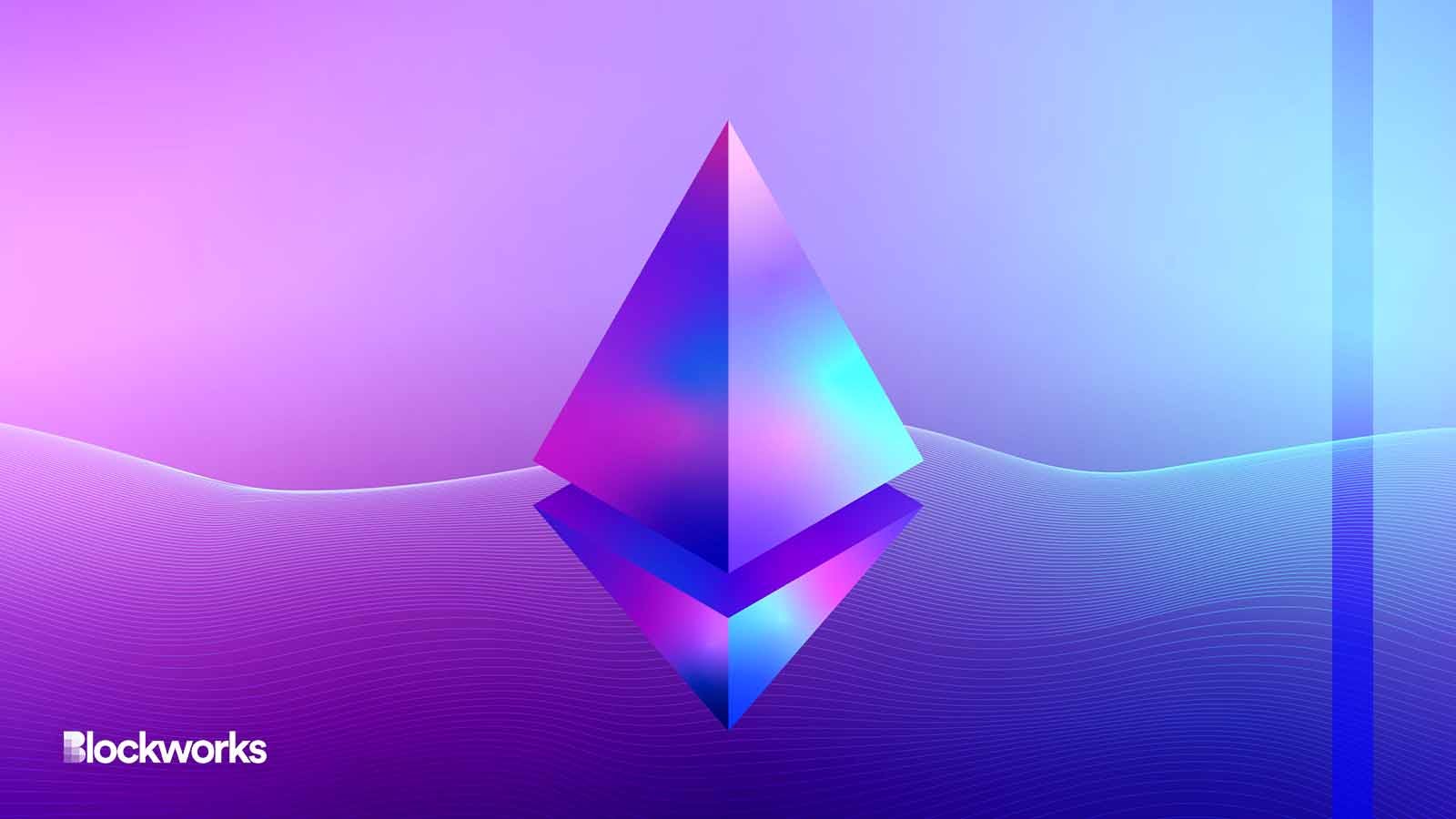Ethereum’s Holešky testnet launch hits a speed bump
Holešky will be able to handle a client size three times larger than that of Ethereum mainnet

Nenad Novaković/Unsplash modified by Blockworks
Ethereum’s Goerli testnet will soon come to an end following the launch of a new testnet, dubbed Holešky.
Testnets are essentially copies of blockchains and exist for developers to test their protocols and smart contracts before deploying them onto the main blockchain.
Today, there are two main Ethereum testnets: Sepolia, a network designed for blockchain application development, and Goerli, used to test for validating and staking.
Holešky was meant to launch on Sept.15, marking the one-year anniversary of the Ethereum proof-of-stake merge. However, the network failed to launch due to a misconfiguration and will require a relaunch.
Sunsetting a blockchain is a typical process. Over time, they become difficult to maintain and run nodes on due to their growing state and transaction history.
Designed to address supply issues
Holešky is designed to address Goerli’s goETH supply issues, which have caused headaches for developers.
Goerli goETH supply is capped at 115 million goETH total, meaning there can be no more than 115 million goETH circulating on the network.
Developers testing on Goerli can receive goETH from a faucet. The token isn’t meant to have real-world value and exists so developers can pay gas fees when testing their products.
But with its limited supply, individual wallets began hoarding the token. This made it more difficult for developers to test their applications on the testnet.
Holešky is designed to be much larger than Goerli, allowing validators to test in a more realistic on-chain environment and resolve the goETH supply issues.
According to Parithosh Jayanthi, a developer at the Ethereum Foundation, Holešky will be able to handle a client size three times larger than that of Ethereum mainnet today.
“We need to launch Holesky with such a large number of validators in order to ensure we can test the limits of the beaconchain in a safe manner,” Jayanthi tweeted.
Get the news in your inbox. Explore Blockworks newsletters:
- The Breakdown: Decoding crypto and the markets. Daily.
- 0xResearch: Alpha in your inbox. Think like an analyst.






